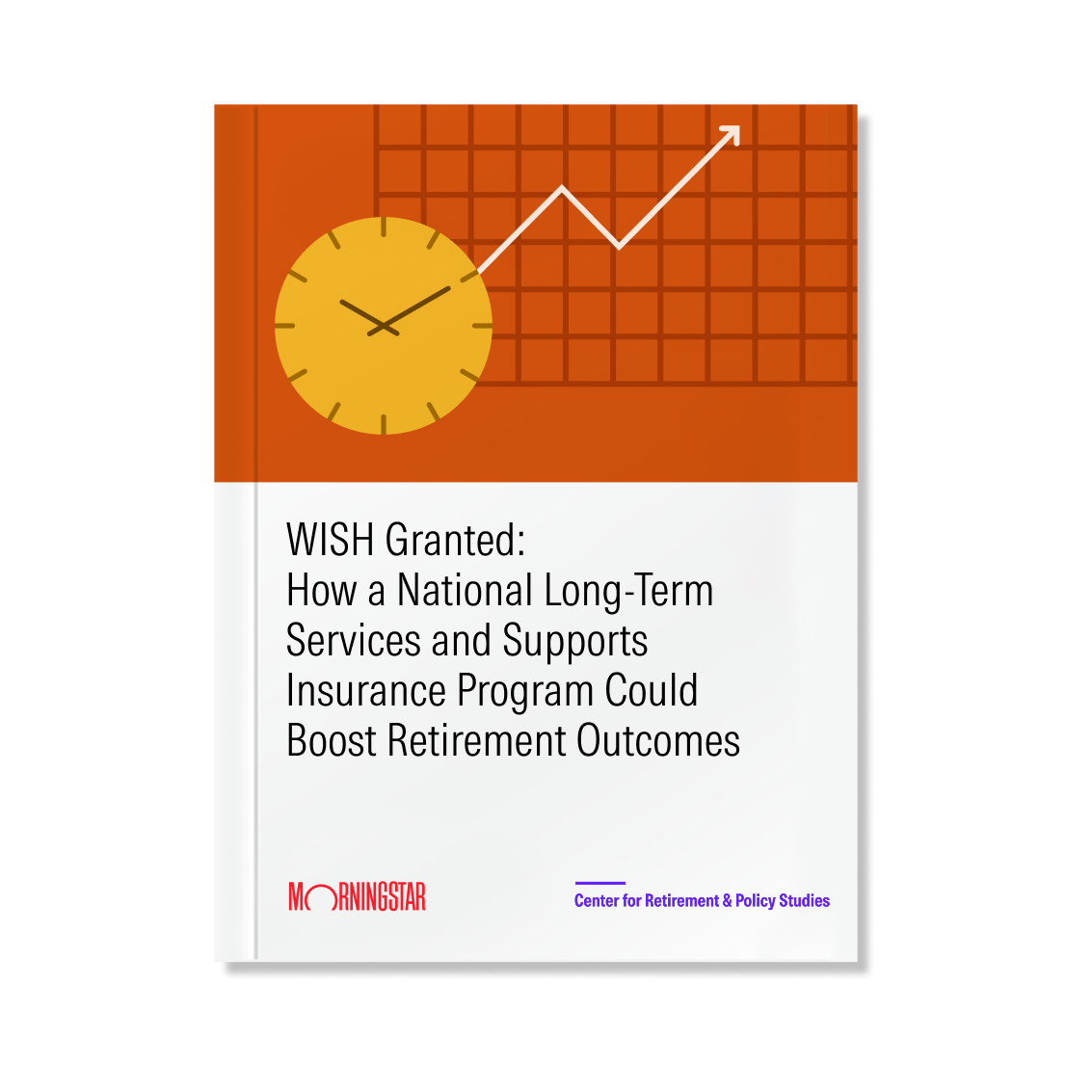Morningstar Retirement offers research- and technology-driven products and services to individuals, workplace retirement plans, and other industry players. Associated advisory services are provided by Morningstar Investment Management LLC, a registered investment adviser and subsidiary of Morningstar, Inc.
The information contained in this document is the proprietary material of Morningstar. Reproduction, transcription, or other use, by any means, in whole or in part, without the prior written consent of Morningstar, is prohibited. Opinions expressed are as of the current date; such opinions are subject to change without notice. Morningstar or its subsidiaries shall not be responsible for any trading decisions, damages, or other losses resulting from, or related to, the information, data, analyses or opinions or their use.
This commentary is for informational purposes only. The information, data, analyses, and opinions presented herein do not constitute investment advice, are provided solely for informational purposes and therefore are not an offer to buy or sell a security. Please note that references to specific securities or other investment options within this piece should not be considered an offer (as defined by the Securities and Exchange Act) to purchase or sell that specific investment. The performance data shown represents past performance. Past performance does not guarantee future results. This commentary contains certain forward-looking statements. We use words such as “expects”, “anticipates”, “believes”, “estimates”, “forecasts”, and similar expressions to identify forward-looking statements. Such forward-looking statements involve known and unknown risks, uncertainties and other factors which may cause the actual results to differ materially and/or substantially from any future results, performance or achievements expressed or implied by those projected in the forward-looking statements for any reason.

